Nestled in the mountains between India and Tibet lies the picturesque state of Sikkim. Today, Sikkim is one of India’s 29 states, but do you know the fascinating history behind its accession to India in 1975? Let’s take a journey through the captivating past of Sikkim, exploring ancient curses, royal dramas, tribal rivalries, Sikkimese cuisine, and its political evolution.
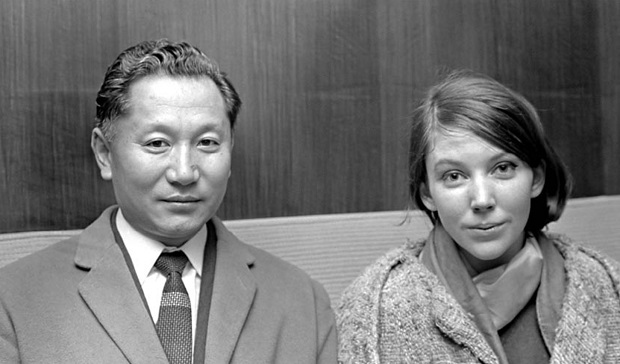
From Monarchy to Democracy: The Story of Sikkim’s Accession to India
The Namgyal Curse and Monarchical Rule
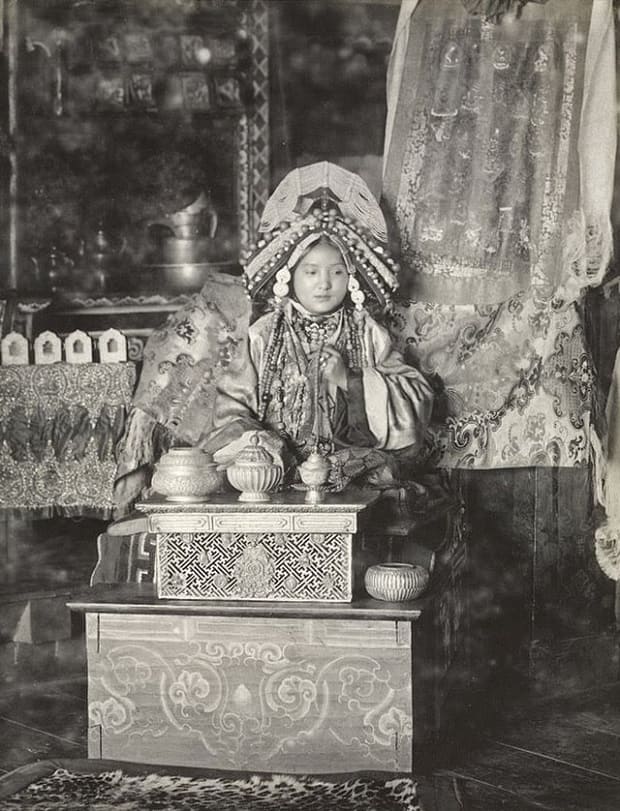
Sikkim’s last ruler, Palden Thondup Namgyal, became king under tragic circumstances. His elder brother, Crown Prince Paljor, died in a plane crash in 1941. An ancient curse supposedly doomed the Namgyal firstborns, leading many to believe this curse caused the crash.

The Namgyal dynasty ruled Sikkim from 1642 until 1975. Sikkim, a Buddhist kingdom, was governed by this royal family for over 300 years, deeply ingraining monarchical traditions among its people.
Sikkim’s Ancient Name and Cultural Ties
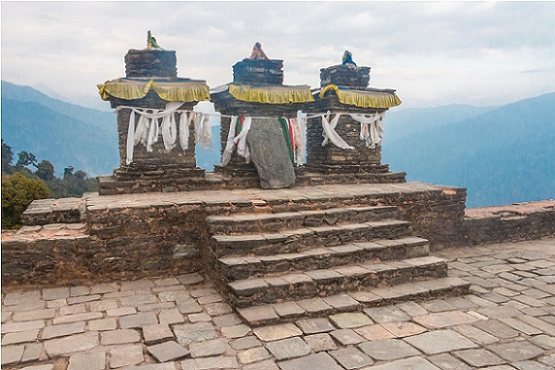
The region was traditionally known as ‘Denjong’ or the ‘Valley of Rice.’ The name ‘Sikkim’ comes from ‘Su Khyim,’ meaning ‘New Palace’ in the Limbu language. Sikkim’s royal court had strong ties with the Tibetan aristocracy, strengthening China’s historical claims over Sikkim.
British Influence and the Treaty of Tumlong
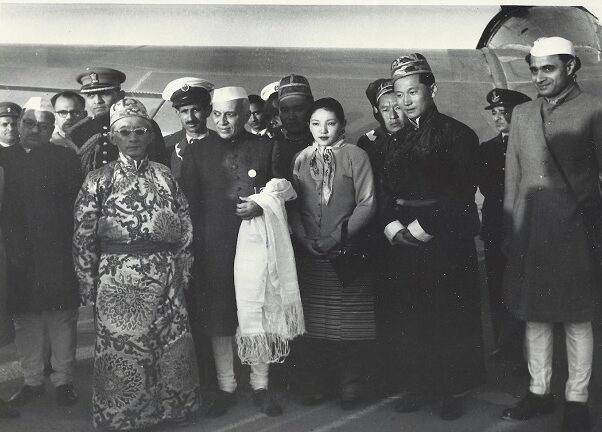
In the 17th century, the East India Company entered India, and conflicts with neighbouring Nepal, Bhutan, and Tibet ensued. Sikkim allied with the British, who established control over the region. In 1861, the Treaty of Tumlong formalized British protection over Sikkim, a relationship that continued until 1975.
Sikkim After India’s Independence
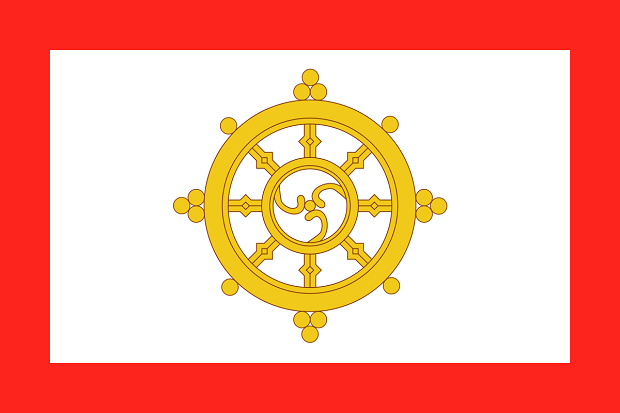
After India gained independence in 1947, Sikkim’s status as a protectorate continued. Ethnic Nepalese, the majority in Sikkim, were oppressed by the Lepcha-Bhutia landlords. This led to a movement for democratic reforms and an eventual merger with India.
Towards Democracy
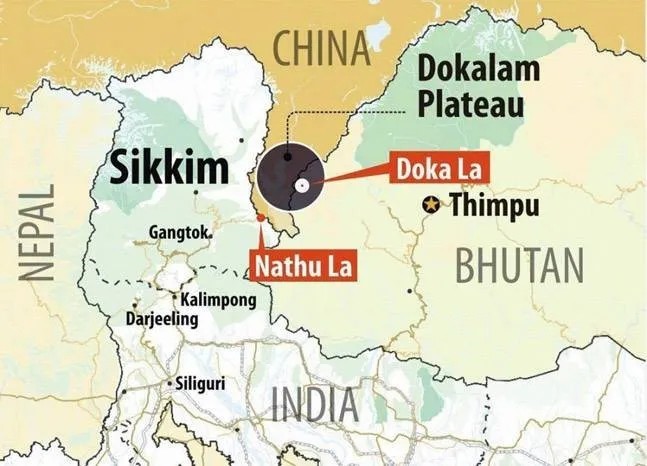
In 1948, a democratic government was briefly established but dismissed by the Chogyal with India’s support. Discontent grew, and by 1973, massive protests surrounded the royal palace. India intervened, leading to reformed elections in 1974, where the Sikkim State Congress won. Sikkim was declared an ‘associated state’ of India, limiting the Chogyal’s powers.
Sikkim’s Integration into India
In 1975, a referendum saw 97.55% of Sikkimese voting to abolish the monarchy and join India as a full state. On May 16, 1975, Sikkim became the 22nd state of India, gaining representation in both houses of India’s parliament.
The End of an Era
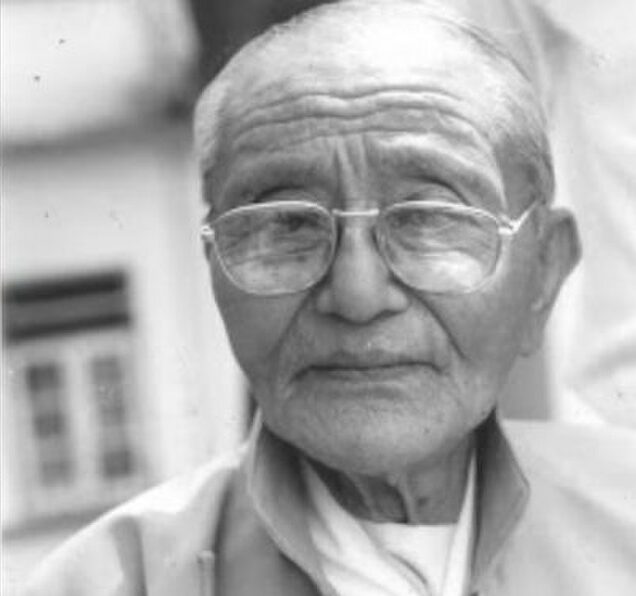
The Namgyal dynasty’s rule ended tragically with the death of Crown Prince Tenzing in 1978. The last Chogyal passed away in 1982, marking the end of an era. LD Kazi, a prominent political figure, was honoured with the title ‘Grand Old Man of Sikkim’ and received the ‘Sikkim Ratna’ award in 2004.
Today, Sikkim thrives as an integral part of India, offering new opportunities and a rich cultural heritage for its people.